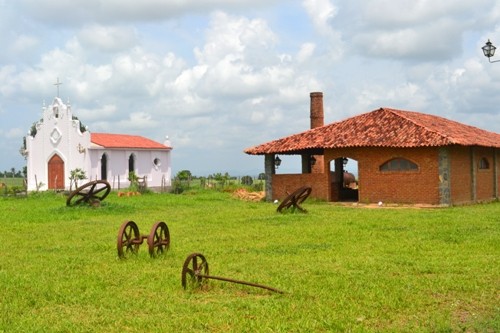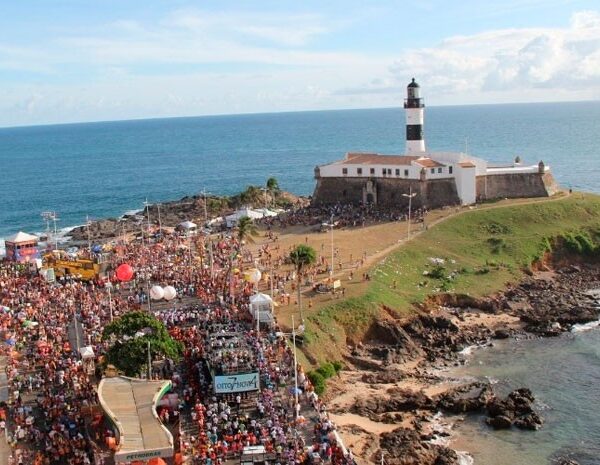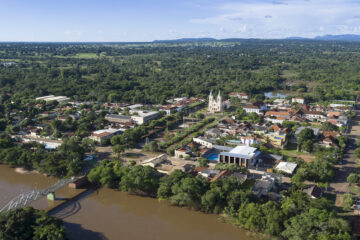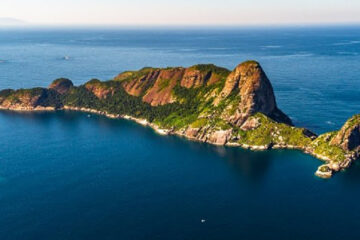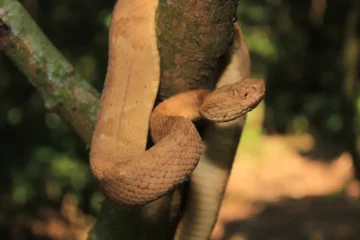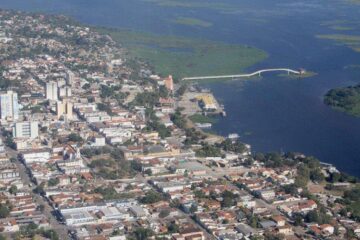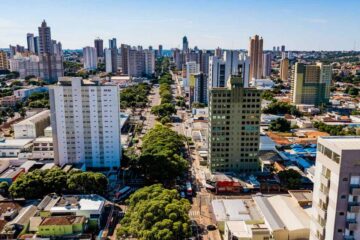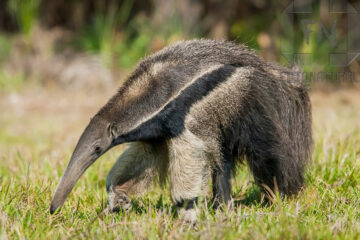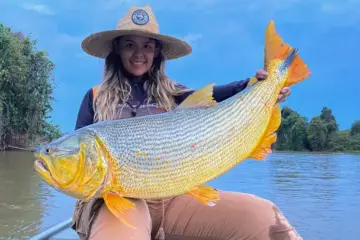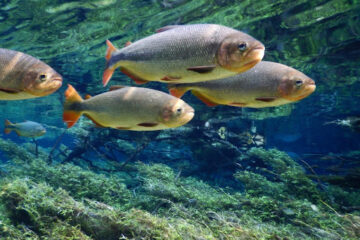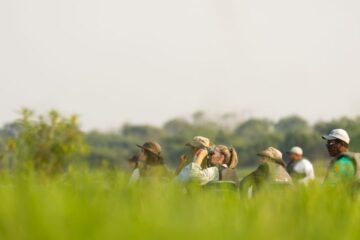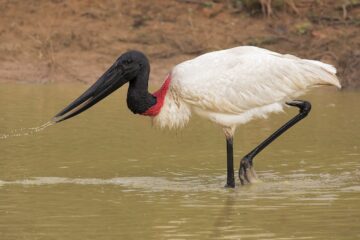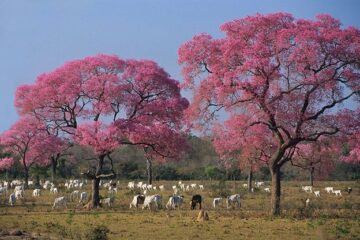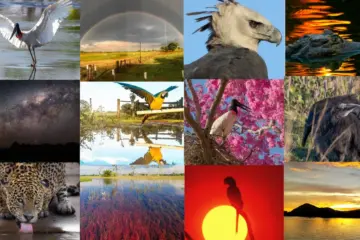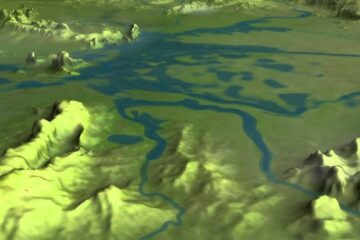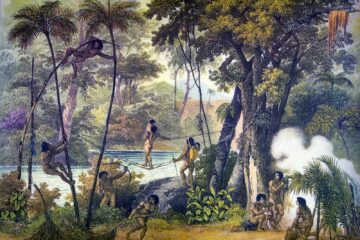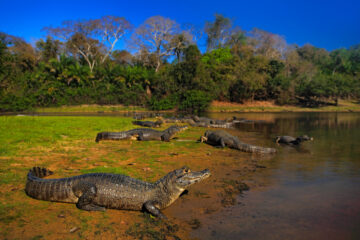When the Portuguese colonisers arrived in the south of Bahia in 1500, the Brazilian coastal lands were occupied by Tupi Guarani Indians. On the coast of Bahia, two large groups of the Tupi nation predominated: tupiniquins and tupinambás. The first group, the Tupiniquins, inhabited the strip from Camamu to Espírito […]
Tag: Bahia
Pataxós Indians on the Discovery Coast in Bahia
The Pataxós Indians have been concentrated in villages for at least 150 years, this indigenous group occupies the coast of Bahia on the coast of discovery, ranging from Belmonte and Santa Cruz de Cabrália, to the north, passing through Porto Seguro and Monte Pascoal, to Prado, to the south. In […]
Discover the beauties, gastronomy, leisure and history of Morro de São Paulo
Morro de São Paulo is on the Dendê Coast is one of the most beautiful and trendy spots on the coast of Bahia. Morro de São Paulo is part of the Bahian municipality of Cairu, located in the lower south of the state. The place is an island, which is […]
History and Tourism Guide of São Francisco do Conde
São Francisco do Conde is a Brazilian municipality located in the Metropolitan Region of Salvador da Bahia. Between islands and mangroves, coastal coast and Atlantic Forest, São Francisco do Conde enchants by its natural exuberance. Two embarkation points serve as a starting point for any nautical itinerary on boat trips that […]
The turban is religion, fashion and culture
The turban for many is a symbol of black culture and beauty, but this accessory, full of meanings and functions, is also used by people from the East. The turban is for many a symbol of black culture and beauty, but besides Africa other peoples and cultures also use this […]
History of the emergence of the sugar mill in colonial Brazil
From 1500 to 1822, from discovery to independence, Brazil exported goods worth a total of £586 million. In this total of values, to which production does the largest contingent belong? Gold, one might answer. No: gold contributed only 170 million. Coffee only started at the end, and in our balance […]
Ponta de Humaitá is one of the most charming places in Salvador
Ponta de Humaitá is near the Monte Serrat Fort, is one of the most charming places in Salvador, with a privileged view of the Bay of All Saints and an unforgettable sunset. Get to know a little of the magic and history of Ponta de Humaitá. For those who want an […]
Praia do Forte is one of the best tourist destinations in Bahia
Praia do Forte is an unmissable destination for those who are going to do tourism in Bahia, which is an old fishing village, with beautiful beaches, natural pools, coconut trees, lagoons, waterfalls, trails and ecological reserves. The charming Vila full of beautiful stores, cafes, bars and restaurants is the main […]
Emerald hunters in the Chapada Diamantina
The town of Campo Formoso in the Chapada Diamantina is known for its caves and emerald trade. The municipality of Campo Formoso, an age known for the production of emeralds, 414 kilometers from Salvador, also hosts the Precious Stones and Handicrafts Fair. The Chapada Diamantina in Bahia and has in […]
Discover the diving spots of Chapada Diamantina
The Chapada Diamantina receives all year round divers who come after sites with crystal clear waters such as the Gruta da Pratinha and Poço Azul, where the skeletons of prehistoric animals were found. Chapada Diamantina has several diving spots. View the map Chapada Diamantina Diving spots in Chapada Diamantina Blue Grotto […]
History of Carnival in Northeast Brazil
Carnival, a festival of ancient Catholic tradition originating in Europe, is held annually in the three days before Lent. Introduced in Brazil by the Portuguese colonizers, it was known as Entrudo in the first centuries of colonial life. During this period, games were played with limes and lemons, or throwing […]
Discovery Coast of Brazil – History of Brazil
The history of the Discovery Coast can begin to be told from April 22, 1500, when Pedro Álvares Cabral’s squadron sighted a rounded elevation – the Monte Pascoal, which lies south of Bahia. In search of a safe place to dock, the thirteen vessels sailed along the coast heading north […]
History and characteristic of the Baía de Todos os Santos
The Baía de Todos os Santos is an indentation of the Brazilian coastline located in the state of Bahia. It is the second largest bay in the world (after the Gulf of Bengal) and the largest in Brazil. Its extension is 1,233 km², with an average depth of 9.8 meters, […]
Bahia is the main tourist destination in the Northeast
Bahia is the main tourist destination in the Northeast, a cultural melting pot and a great exporter of fads, Bahia boils in the summer. Bahia has been celebrated in every way by many artists. Its landscapes and mysteries are in the books of Jorge Amado, in the paintings of Carybé, in the […]
Tourism and History of the Baía de Todos os Santos
The Bay of All Saints or Baía de Todos os Santos and its recesses constitute an immense amphitheater, where nature, history and culture are molded to form a beautiful setting for nautical tourism and ecotourism activities. This great scenery is composed of a vast expanse of calm waters, from which […]
Geography and Climatic Regions of the Brazilian Northeast
The Northeast Region is the third largest region in Brazil and the largest in number of states, it has nine: Alagoas, Bahia, Ceará, Maranhão, Paraíba, Pernambuco, Piauí, Rio Grande do Norte and Sergipe. Its total area is 1,561,177km², similar to the area of Mongolia. The region has 3,338km of beaches, […]





